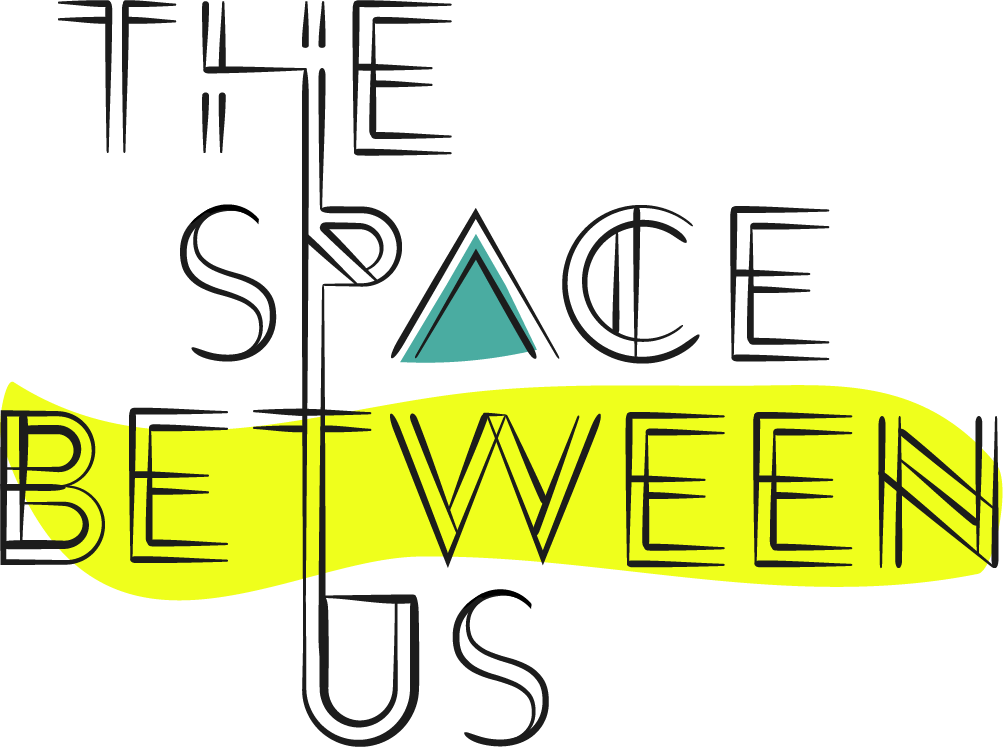Post #79
Public Book Art in Buffalo, New York
The public art scene in Buffalo is on the rise and walking tours to view the public works of art are becoming a common norm within the city (Hayden). Artists and communities are slowly reclaiming the urban space of the city through murals and public art installations creating an atmosphere of a welcoming and unified city. It also has a public art piece that I fell in love with the moment I saw it.
By far my favourite public art piece and I will forever regret not being able to see it in person! I have no idea who the artist is or what’s behind the window with the books, I just found this photo while scrolling, so it’s impossible to know the story. That little fact might just add to the reason why I love this idea so much.
It makes you wonder if the typewriter was painted on the wall to match the brick-and-motor business that lays just beyond the window. Maybe it’s a book store, a publishing house, or a public library. The artfully folded books in the window give credence to all these ideas and create a nice segway into the idea of public art in both the private and public spaces. The typewriter painted on the wall with all the coloured pages exists within the urban and public space while the hanging books remain in the private protected by a sheet of glass. Two separate pieces of art and yet they complement and work off each other so well.
When looking at this work I was immediately reminded of Blunt and Rose with their discussion of the private and public space and throughout the discussions, we had in class I’ve come to understand that the borderline between the two spaces can be easily breached (Rose & Blunt, 5). This public work also makes me think about the dynamics of power/knowledge in the struggle for space (Blunt & Rose, 6).
I know it probably has no relevance to this art piece, but I can’t stop thinking about how indigenous poets often refer to English as a cage, and how the politics of language can limit and control our knowledge and understanding of power. It also makes me think about the power and exclusionary nature of language, and in that context, I think about what books come to represent. However, at this moment. Dangling off ropes from the ceiling, hanging down in artfully folded shapes, you can tell what their purpose is. The books' intent is to be beautiful, and anyone looking at them can see that.
When I look at this public artwork I can see the idea of re-mapping to decolonize or declutter as Rose and Blunt discuss in their texts (Blunt & Rose 10). Only instead of borders on a map or city streets, it’s remapping and understanding of knowledge. It’s turning English, a colonizing tool, into something that can be understood universally. It’ not the words that are important it’s the art.
Work Cited
Blunt & Rose. “Introduction Women’s Colonial and Postcolonial Geographies” ed. New York & London: Guilford Press, 1994.
Hayden, Brian. “Discover Buffalo's Public Art with This Neighborhood Mural Guide.” Discover Buffalo's Public Art with This Neighborhood Mural Guide., https://www.visitbuffaloniagara.com/public-art/.
—
Amanda Laverdure

